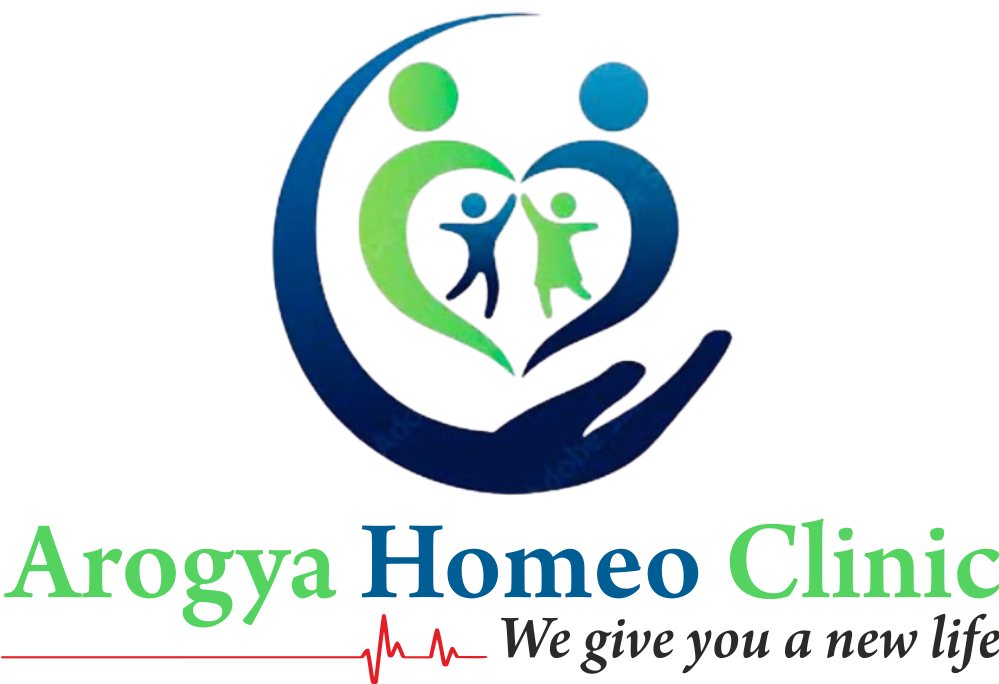

Homeopathy—this fascinating term, derived from Greek, refers to a comprehensive system of therapy that gently supports the body’s natural healing processes by enhancing its ‘vital force.’ This boost allows the body to overcome disease and return to a normal, healthy state without causing adverse side effects.
The term Homeopathy is rooted in the Greek words “homios,” meaning “like,” and “pathos,” meaning “suffering.” Essentially, it refers to the principle of treating like with like.
In the fourth century B.C., Hippocrates, known as the father of modern medicine, noted that large doses of certain natural substances could produce symptoms in healthy individuals that resemble those of specific diseases. Conversely, smaller doses of those same substances could alleviate those symptoms.
In the 1790s, Samuel Hahnemann, a German physician and the founder of Homeopathy, expanded on this idea and formulated the principle of “Similia similibus curentur,” which translates to “like cures like.” This principle asserts that a remedy can heal a disease if it induces similar symptoms in a healthy individual.
Homeopathic remedies are diluted to such an extreme that they eliminate any potential side effects, even from highly toxic substances. This dilution process is known as ‘potentization.’ Taken in these ultra-diluted forms, homeopathic remedies are completely safe, non-toxic, and non-addictive, posing no risk of side effects.


Homeopathy is the second most widely practiced system of medicine globally. In the United States, its popularity has surged at a rate of 25 to 50 percent annually over the past decade.
Several factors contribute to this success:
Effectiveness: Homeopathy can deliver rapid, complete, and permanent results when the appropriate remedy is selected.
Safety: Homeopathy is entirely safe, making it suitable for use by babies and pregnant women without the risk of side effects. Homeopathic remedies can also be used alongside other medications without causing adverse reactions.
Natural Approach: Homeopathic remedies are typically derived from natural ingredients.
Immune System Support: Homeopathy works in harmony with the immune system, unlike some conventional medications that may suppress it. For instance, cough suppressants inhibit the cough reflex, which is the body’s natural way of clearing the lungs.
Non-Addictive: Homeopathic remedies are not addictive. Once relief is achieved, they can be discontinued. If relief is not experienced, it may indicate that the wrong remedy is being used.
Holistic Treatment: Homeopathy takes a holistic approach by treating all symptoms as interconnected, focusing on addressing the underlying cause rather than just the symptoms. This often leads to a reduction in the recurrence of symptoms treated with homeopathy.
Clinical bacterial and viral infections often arise from an overall imbalance in the body; merely eliminating the bacteria or virus does not address the root cause of the illness. While this approach may provide temporary relief, it often leads to further vulnerability as the body becomes weakened and more susceptible to additional infections. Wouldn’t it be more effective to bolster the body’s vital healing force, ensuring that when faced with bacteria and viruses, the body can resist infection?
The allopathic method of treating disease typically involves “suppressing” symptoms with potent chemical medications, which can conflict with the body’s natural healing mechanisms. This approach goes against the Natural Healing Laws of Nature. By masking symptoms with strong drugs, the body’s inherent healing abilities are hindered.
Using strong chemical medications often only provides temporary symptom relief. Once the medications are discontinued, symptoms frequently return, often exacerbated, along with a diminished sense of well-being. Relying on synthetic chemicals forces the body to operate contrary to its natural functions, which over time can further weaken its Vital Healing Force and immune system, increasing susceptibility to various diseases.
In contrast, the homeopathic system of medicine is aligned with the natural healing laws of nature, operating under the belief that disease results from an imbalance in the body’s Vital Healing Force. This Vital Healing Force is an energetic system connected through meridians (channels) within the body. When this energy is disrupted, it can lead to various forms of disease—genetic, psychological, emotional, functional (metabolic), and clinical (bacterial and viral).
Today’s patients are more informed and less willing to tolerate the side effects often associated with conventional treatments. As a result, there has been a noticeable shift in doctors’ prescribing habits toward natural, homeopathic remedies. This can be seen as a global renaissance of homeopathy, enabling both prophylactic and therapeutic interventions that consider the whole person without the risks of side effects


According to homeopathic principles, the greater the dilution of a solution, the more potent it becomes.
However, questions arise about how such minute amounts of substances can convey information to the body. Some theorists propose that the process of repeated succussion generates an electrochemical pattern that becomes embedded in the water carrier and subsequently spreads like liquid crystallization throughout the body’s own water. Others suggest that the dilution process activates an electromagnetic imprint that directly influences the body’s electromagnetic field.
This idea is not unique to homeopathy; it is also reflected in other therapeutic practices. For instance, Ayurveda recommends using water that has been energized by precious metals like gold, which is believed to possess healing properties after coming into contact with gold and other gemstones, despite no actual molecular transfer occurring.
The effects of micro-doses have been recognized for a considerable time, and numerous examples support the notion that very diluted concentrations of a substance can yield measurable and sometimes significant effects. Scientists refer to this phenomenon as hormesis.
Researchers from Michigan State University have demonstrated how hormesis operates in nature by utilizing micro-doses of fertilizer to enhance crop production. In a dilution equivalent to a 9x concentration, the fertilizer resulted in a 30 percent increase in tomato yields, a 21 percent increase in carrot size, and a 25 percent boost in corn production.
Our own bodies produce tiny amounts of hormones that exert powerful effects. For instance, thyroid hormone is present in our bloodstream at a concentration of just 1 part per 10 billion—yet this is sufficient to regulate our entire metabolic rate.
This concept is fundamentally linked to the theory of the atomic bomb. The bomb derives its energy from the splitting of the nuclei (central cores) of uranium or plutonium atoms. The correlation between mass and energy, as articulated by the renowned mathematician Albert Einstein, explains how the fission of heavy atoms can generate energy. Similarly, in homeopathy, drug substances—composed of small atoms—are broken down into even smaller atoms, resulting in the generation of increasing amounts of energy.
